



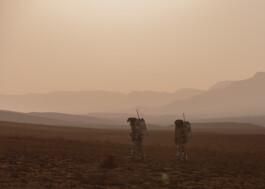
Six highly trained analog astronauts self-isolate in a habitat in the Negev desert. Observations of the AMADEE-20 Mars Simulation from the support crew's perspective.
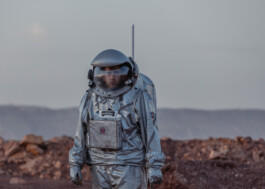
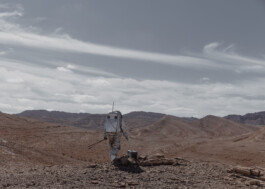
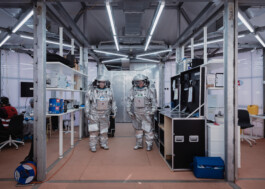
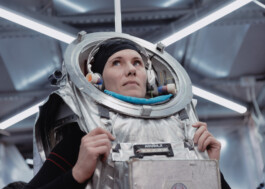

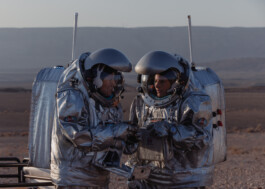

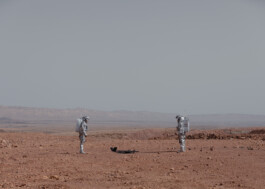
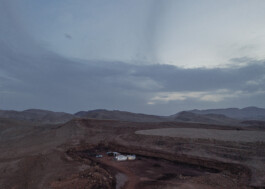
Habitat II
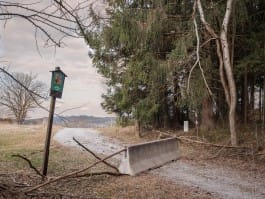
At the peak of the first COVID-19 surge, barriers appear at border crossings between Austria and its northern neighbors, manifesting the fractures in the European community of solidarity.
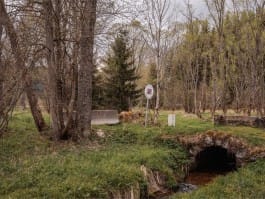
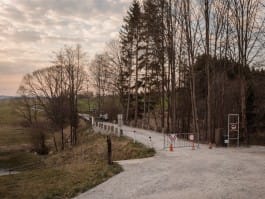
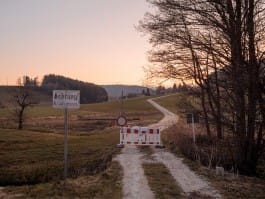

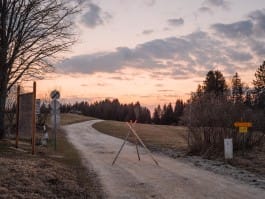
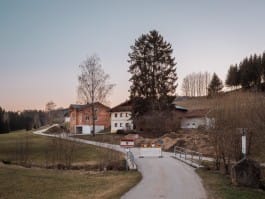
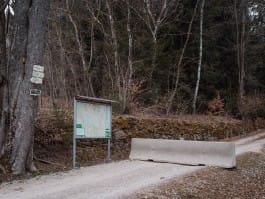
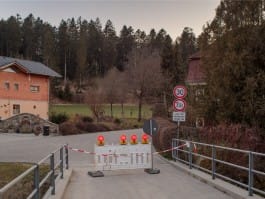

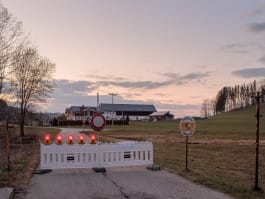
Grenzungen

The series "The Kepler Station" portrays astronauts roaming the surface of an alien planet. As crew member and mission photographer of the month-long, scientific AMADEE-18 Mars simulation, Florian Voggeneder explores the boundary between fact and fiction.
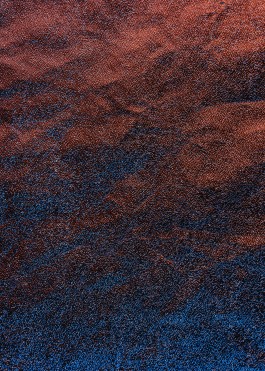
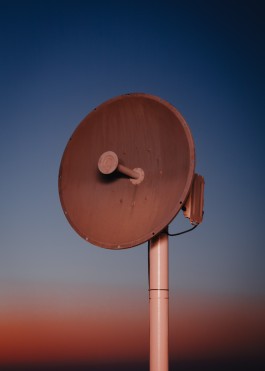
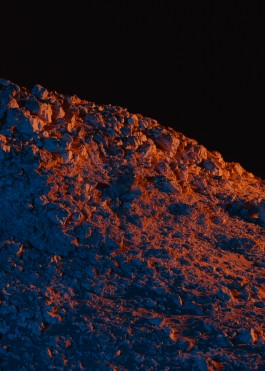
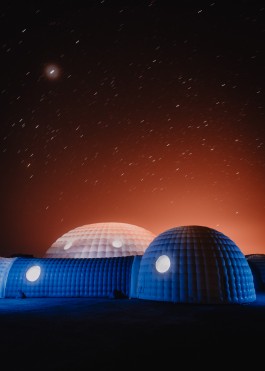
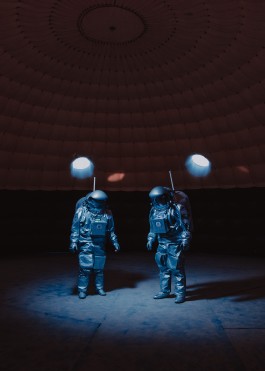
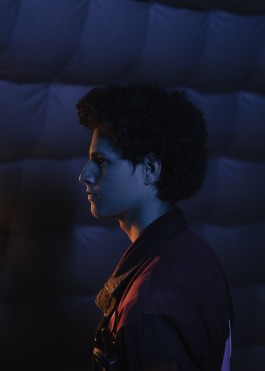
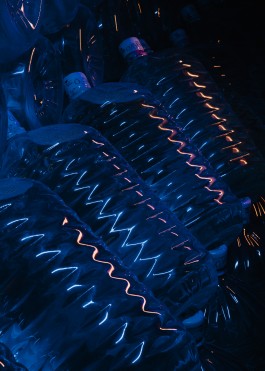
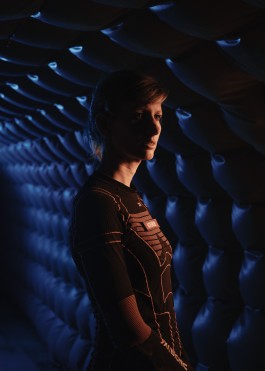
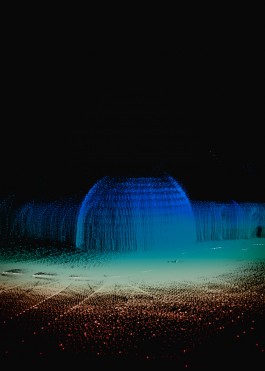
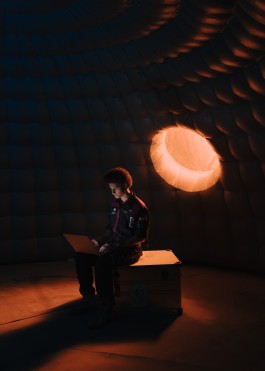
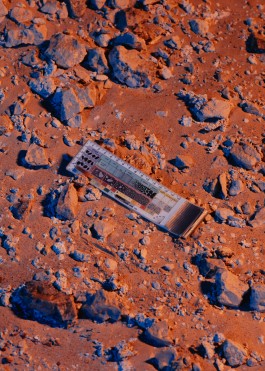
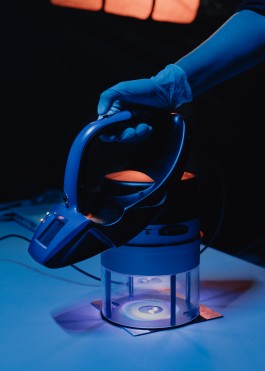

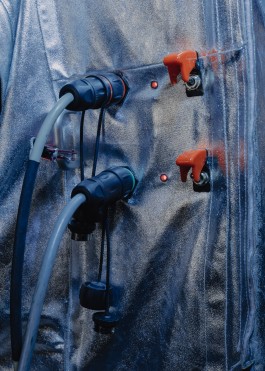
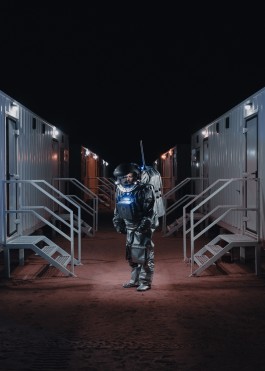
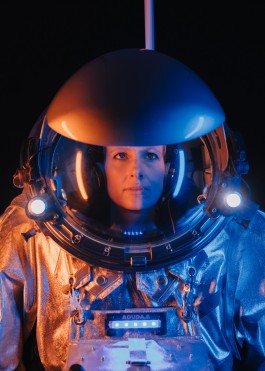
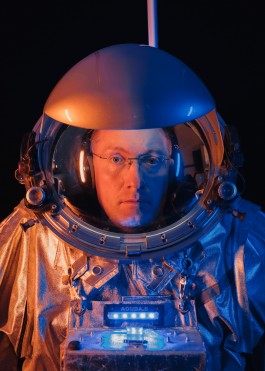
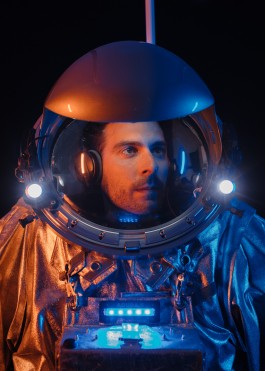
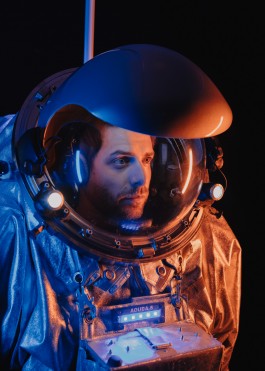
The Kepler Station
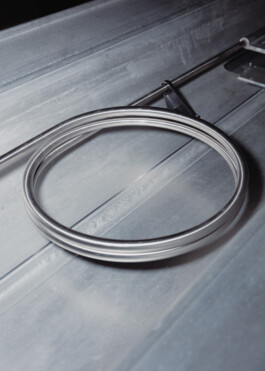
In the 1960s, drilling derricks were erected in a remote, Austrian countryside close to the iron curtain.
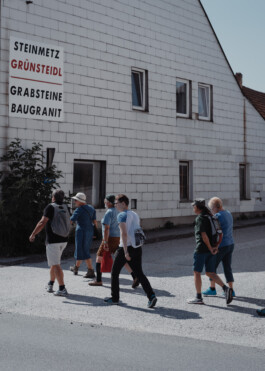
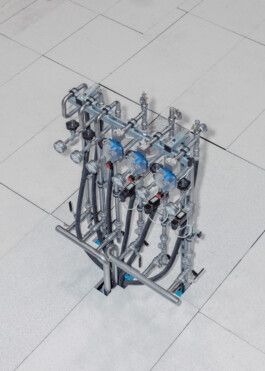
Oblivious locals were soon informed that the bedrock underneath their villages may soon host one of the biggest machines men ever built.
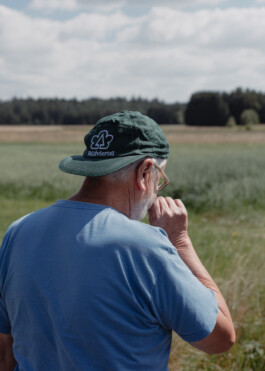

The 300 GeV proton synchroton, a particle collider for delicate high energy particle should answer the big questions about life, the universe and everything.
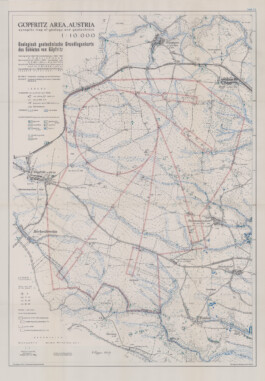
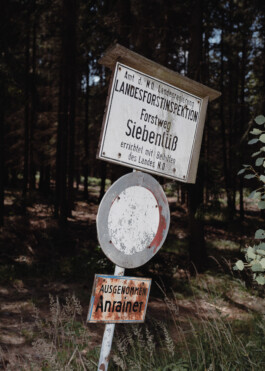
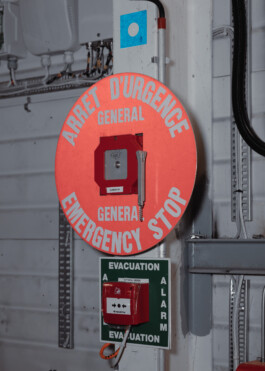
Despite promising geological results, the project was abandoned. The area was too remote, the looming sovjet union too close.
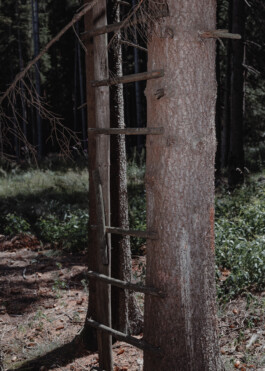

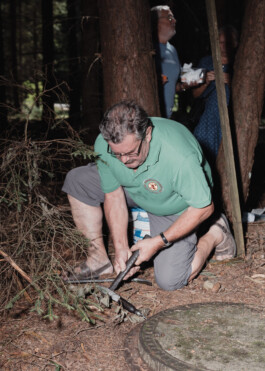


To this day, inhabitants nostalgically wonder how history would have unfolded had the collider ever been built.
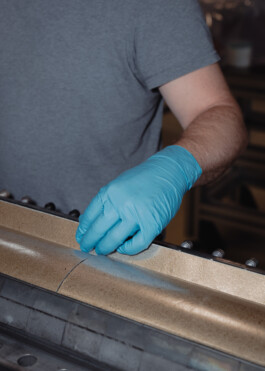

The Super Proton Synchrotron however was ultimately bored below the European Organization for Nuclear Research in Geneve.
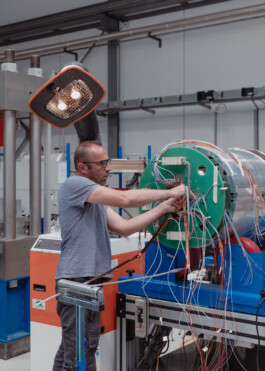
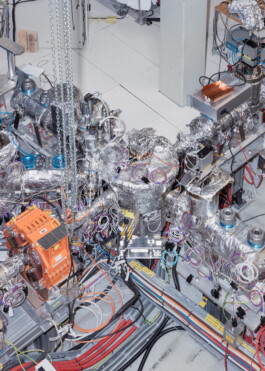

South of Vienna, the MedAustron synchrotron today accelerates protons to treat cancers.
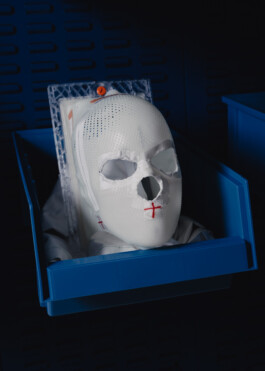

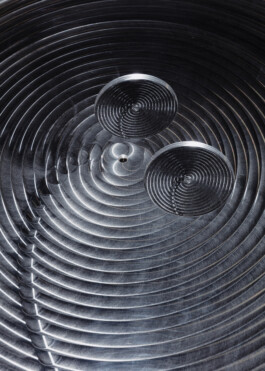

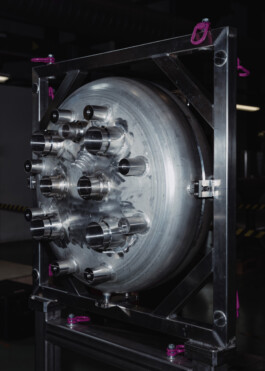
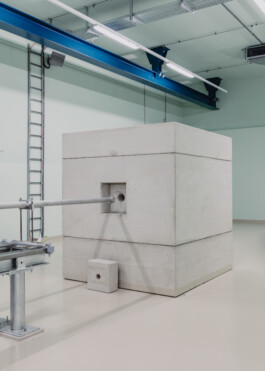
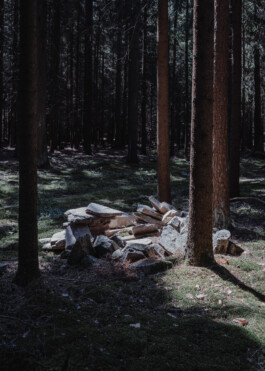
Collider

"Once the rockets are up, who cares where they come down?
That's not my department, " says Wernher von Braun.
Tom Lehrer


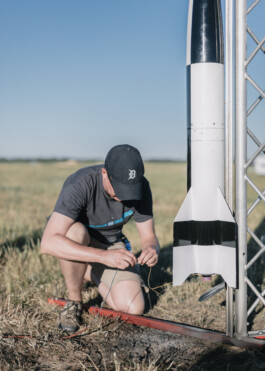
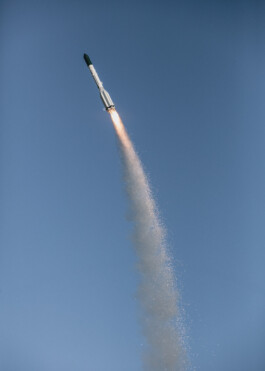
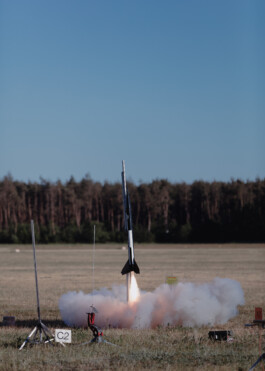
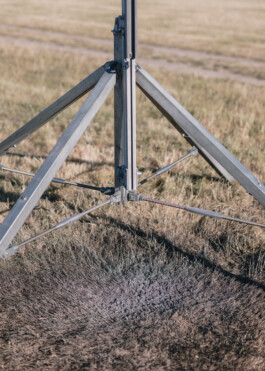


Launch Protocol

Six highly trained analog astronauts self-isolate in a habitat in the Negev desert. Observations of the AMADEE-20 Mars Simulation from the support crew's perspective.









Habitat II

At the peak of the first COVID-19 surge, barriers appear at border crossings between Austria and its northern neighbors, manifesting the fractures in the European community of solidarity.










Grenzungen

The series "The Kepler Station" portrays astronauts roaming the surface of an alien planet. As crew member and mission photographer of the month-long, scientific AMADEE-18 Mars simulation, Florian Voggeneder explores the boundary between fact and fiction.



















The Kepler Station

In the 1960s, drilling derricks were erected in a remote, Austrian countryside close to the iron curtain.


Oblivious locals were soon informed that the bedrock underneath their villages may soon host one of the biggest machines men ever built.


The 300 GeV proton synchroton, a particle collider for delicate high energy particle should answer the big questions about life, the universe and everything.



Despite promising geological results, the project was abandoned. The area was too remote, the looming sovjet union too close.





To this day, inhabitants nostalgically wonder how history would have unfolded had the collider ever been built.


The Super Proton Synchrotron however was ultimately bored below the European Organization for Nuclear Research in Geneve.



South of Vienna, the MedAustron synchrotron today accelerates protons to treat cancers.







Collider

"Once the rockets are up, who cares where they come down?
That's not my department, " says Wernher von Braun.
Tom Lehrer








Launch Protocol